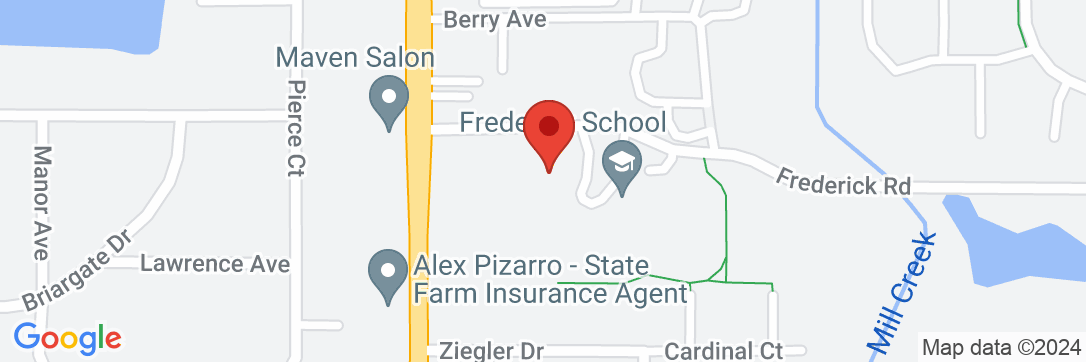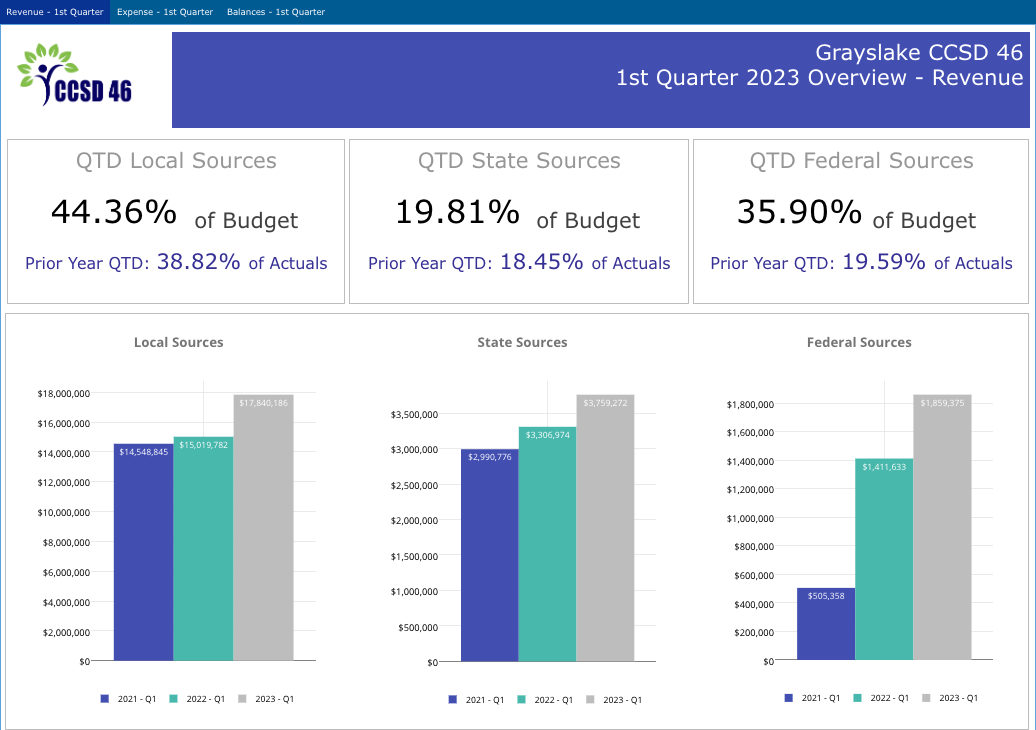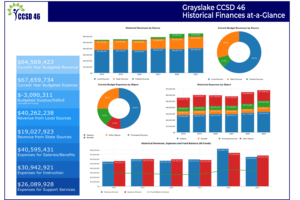CCSD 46 Quarterly Financial Overview Dashboard includes an overview of key revenue, expense, and financial balances data by quarter. Revenue information includes revenue by source; property taxes, CCPRT, interest earnings, evidence-based funding, state transportation reimbursement, and federal Title I funds.
Expense overview includes salary, benefit expenses as well as purchased services, supplies, capital outlay, non-capitalized equipment, and other other object benefits.
Historical Quarterly Finances at a Glance include historical revenues by source, historical expenses by object, as well as historical revenues, expenses and fund balance for all funds.
Historical Finances at a Glance include historical revenues by source, current budget revenues and expenses by object, and historical expenses by object, as well as historical revenues, expenses and fund balance for all funds.
FINANCIAL OVERVIEW
CCSD 46 is located in northeastern Illinois in central Lake County, approximately forty miles north of Chicago and fourteen miles west of Lake Michigan. CCSD 46 serves parts of the villages of Grayslake, Third Lake, Hainesville, Round Lake, Round Lake Park, Round Lake Beach, and Lake Villa.
The District is comprised of eight schools and serves roughly 3,500 students. Four kindergarten through fourth-grade neighborhood schools, one kindergarten through eighth-grade neighborhood school, a fifth and sixth-grade intermediate school, and a seventh and eighth-grade middle school. An Early Childhood Center is located within an elementary school.
The CCSD 46 District Office houses the office of the Superintendent, Business Office, Human Resources, Teaching & Learning, and Operations & Maintenance.
BUDGET PROCESS
The process of projecting and budgeting the needs of the District is a continual process that is updated as the information changes and is reflected in the District’s financial projections. The process of developing the operating line-by-line budget of the District for the fiscal year 2022-2023 is a collaborative exercise which allows the District to arrive at a detailed revenue and expenditure plan for operations for the fiscal year beginning on July 1, 2022.
Beginning in May 2021, a zero-based budgeting process was introduced in collaboration with principals and department heads. The budget process is built upon participatory, “zero-based budgeting” input from department leadership, and an allocation method for principals. The process has helped the business office manage the monthly financial reporting and the annual budget in a more effective way. Positive outcomes for this process include the efficiency of allocation of resources, as it is based on needs and benefits, and the increase of department collaboration, as it gives departments more initiative and responsibility in the decision-making process.
Budgetary controls are maintained at line-item levels and are built into administrative departments’ responsibilities. All actual activity is compared to the budget and reported to the District’s management and the Board of Education in the form of the monthly Treasurer Report. Any extraordinary variance concerns are addressed and disclosed in full detail. The District utilizes professional software in preparing our 5 Year Projections.






